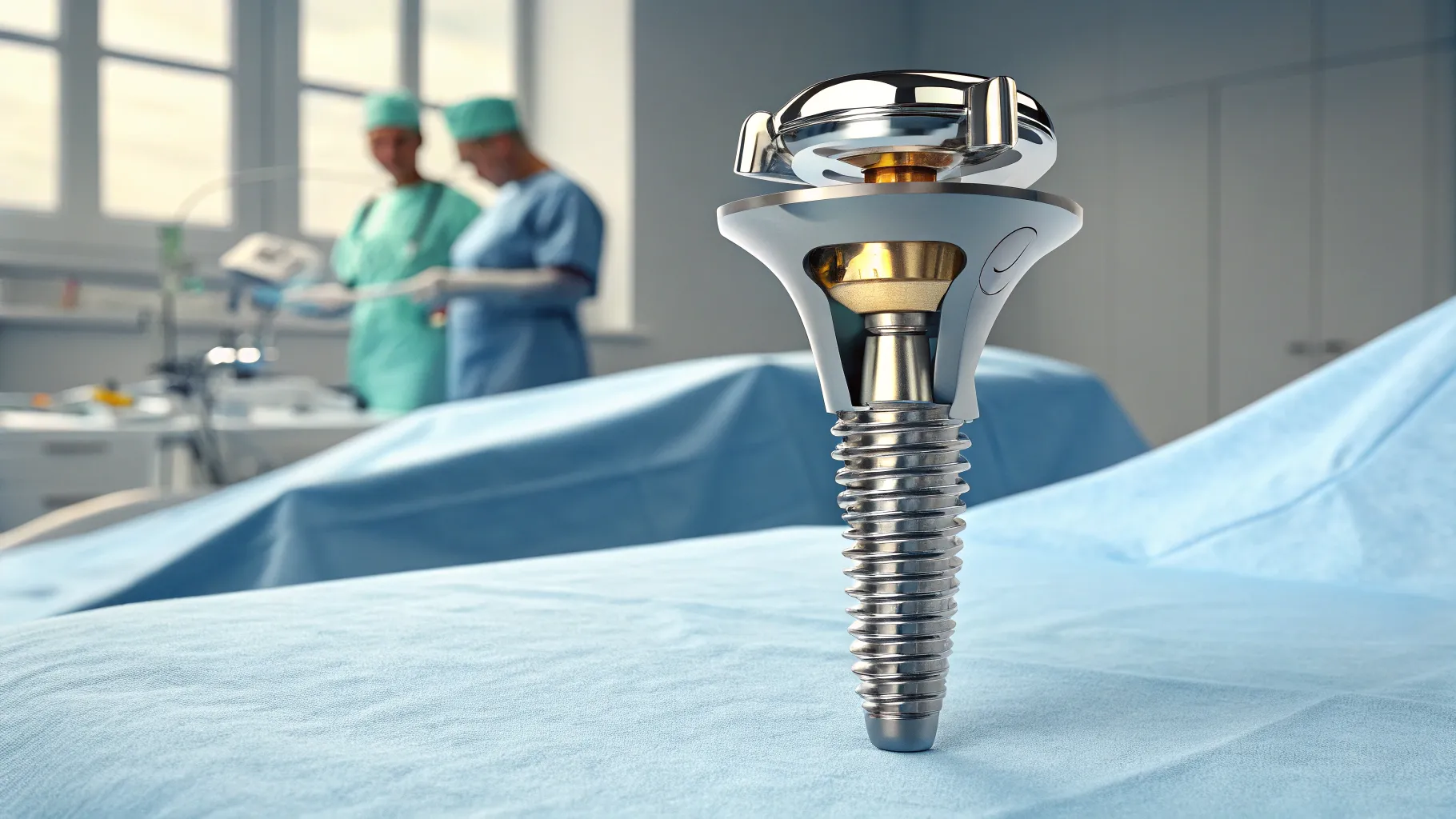Common Problems After Hip Replacement Surgery Explained
Explore the common problems after hip replacement surgery, including pain, swelling, dislocation risks, blood clots, and infection prevention. Understand what to expect during recovery to enhance your healing journey and improve mobility with insights on potential complications.
Common Problems After Hip Replacement Surgery
Hip replacement surgery, often a crucial procedure for those suffering from severe arthritis or debilitating hip fractures, brings hope for improved mobility and quality of life. However, it is important to understand the common problems after hip replacement surgery that may arise during the recovery phase. Knowledge about these potential challenges can empower patients and caregivers to act swiftly and ensure a smoother recovery process.

Pain After Hip Replacement Recovery
One significant issue that many patients encounter post-surgery is pain. It’s entirely normal to feel discomfort in the initial days following the operation. Recent surveys indicate that around 85% of individuals report varying levels of pain in the first few weeks after their hip replacement surgery. This pain generally arises from inflammation, surgical trauma, and accompanying soft tissue irritation.
To effectively manage pain, doctors typically prescribe a mix of medications that may include opioids and nonsteroidal anti-inflammatory drugs (NSAIDs), along with recommending physical therapy. Patients are encouraged to keep an open dialogue with their healthcare providers about their pain management strategies, as addressing pain early can lead to a more positive recovery trajectory.
Swelling After Hip Replacement Surgery
Swelling is another prevalent issue during recovery, especially in the first few weeks after surgery. As the body naturally responds to the surgical injury, it often results in swelling around the hip area or in the legs, affecting approximately 60-70% of patients. Understanding how to effectively mitigate swelling is crucial for recovery.
- Elevate: Keeping the leg elevated when resting can greatly reduce swelling.
- Ice: Utilizing ice packs at the surgical site can effectively minimize inflammation.
- Compression: Compression garments may provide additional support and reduce swelling.
While some degree of swelling is anticipated, patients must be vigilant for sudden or excessive swelling, which could indicate complications such as infection or deep vein thrombosis.
Hip Replacement Dislocation Prevention
Dislocation of the hip joint following surgery remains a critical concern, especially within the first few months. Studies reveal that the risk of dislocation can be as high as 5-10%, often linked to not adhering to post-operative movement restrictions.To reduce the likelihood of dislocations, individuals should:
- Avoid crossing their legs.
- Refrain from bending the hip past 90 degrees.
- Utilize assistive devices, such as reachers or long-handled shoehorns, to assist with dressing.
- Exercise caution when moving into low or unstable positions.
Blood Clots After Hip Replacement
The formation of blood clots is a serious complication that can occur after hip replacement surgery, particularly in the veins of the legs (known as deep vein thrombosis or DVT). Research indicates that nearly 10% of hip replacement patients may develop blood clots within the weeks following their procedure. To combat this risk, patients should be aware of the three elements contributing to clot formation, identified as Virchow's Triad: venous stasis, hypercoagulability, and endothelial injury.
- Early Mobilization: Patients are encouraged to get out of bed and begin moving as soon as their doctor allows, which helps stimulate circulation.
- Compression Socks: Wearing prescribed compression garments improves blood flow in the legs.
- Medication: Doctors may prescribe anticoagulants in the early stages of recovery to provide an additional layer of protection against clot formation.
Nerve Damage After Hip Replacement Surgery
While rare, nerve damage stands as a significant concern post-surgery. A common example involves injury to the lateral femoral cutaneous nerve, which can cause sensory disturbances in the outer thigh, potentially leading to a condition called meralgia paresthetica — characterized by tingling or numbness. Data suggests that nerve damage occurs in about 1% of hip replacement patients, underlining the importance of monitoring sensation and promptly reporting any unusual changes to a healthcare provider.
How to Prevent Infection After Hip Replacement
The prospect of infection is a serious one for those recovering from any surgical procedure, and hip replacements are no exception. Studies show that the infection rates for hip replacement surgeries range from 1-3%. Therefore, effective wound care is critical in minimizing this risk. Here are several preventive measures:
- Keep the incision clean and dry: Adhere to the care instructions laid out by your surgical team to maintain cleanliness.
- Hand hygiene: Consistent handwashing for patients and caregivers is essential to prevent infection.
- Report symptoms: Vigilance regarding symptoms of infection, like increased redness, warmth, or unusual discharge from the surgical site, should be maintained, as prompt communication with a healthcare provider is crucial.
Other Recovery Issues to Consider
Along with these prominent concerns, patients may also face various other challenges during recovery, including:
- Fatigue: It is common for patients to feel an increased level of tiredness as their bodies work hard to heal and recover from the surgery.
- Sleep Disturbances: Pain or discomfort can hinder the ability to find comfortable sleeping positions, impacting overall rest and recovery.
- Emotional Changes: The psychological impact of surgery can lead to emotional fluctuations. Feelings of sadness or frustration are common among patients during their recovery journey.
By acknowledging these potential difficulties and proactively seeking support from healthcare providers, patients and their families can better prepare for and navigate the complexities of recovery after hip replacement surgery. Engaging in open conversations and establishing a supportive environment can significantly enhance recovery outcomes.